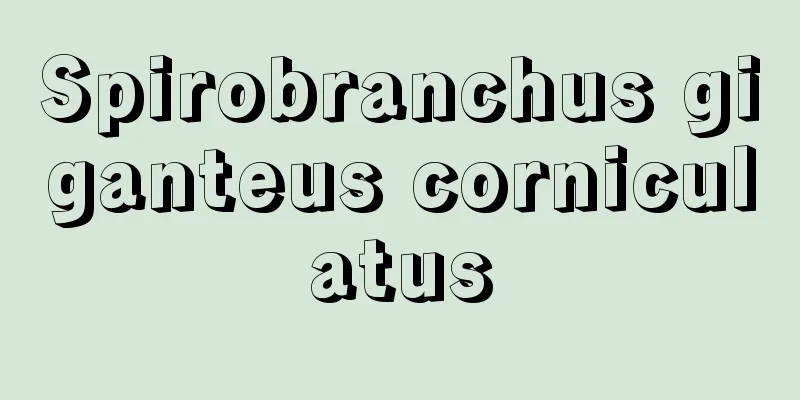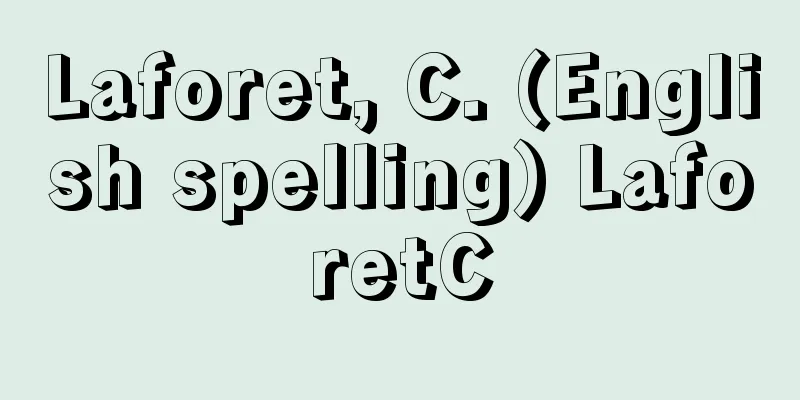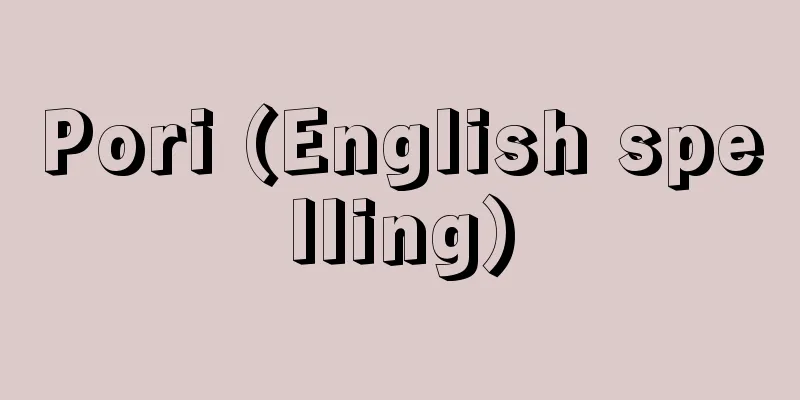Tomonaga Shinichiro - Tomonaga Shinichiro

|
Theoretical physicist. Born in Tokyo as the eldest son of philosopher Tomonaga Sanjuro. Graduated from the Faculty of Science at Kyoto Imperial University in 1929 (Showa 4), he became a researcher at the RIKEN in 1932, and studied in Germany from 1937 to 1939, where he studied theoretical physics under Heisenberg at the University of Leipzig. In 1941, he became a professor at Tokyo University of Literature and Science (later Tokyo University of Education), and served as the university's president from 1956 to 1962 (Showa 31-37). He also served three terms as a member of the Science Council of Japan, of which he was elected president for two terms. In 1965, he was awarded the Nobel Prize in Physics along with J. Schwinger and R.P. Feynman for their fundamental research into quantum electrodynamics. His specialty was theoretical physics, particularly particle theory, but he also played an important role in science administration and the peace movement among scientists. His research in theoretical physics covers many areas, including elementary particle theory, the fundamental properties of atomic nuclei, multiple production of mesons in cosmic rays, and quantum mechanical many-body problems. In particular, during World War II, quantum field theory up to that time satisfied the requirements of the theory of relativity in terms of content, but in terms of form, it did not clearly satisfy those requirements. In order to remedy this defect, he came up with the super-multiple-time form, which considers a different time for each point in space, and this made it clear that quantum field theory satisfied the requirements of the theory of relativity in both content and form. Also during the war, he developed the theory of the ultra-high-frequency magnetron, and for this research he received the Japan Academy Prize in 1948. After the war, he studied the infinitely large quantities that appear in quantum field theory, elucidating their nature using super-multiple-time theory and showing that they should be included in the observed values of mass, charge, etc. This "renormalization theory" revealed the surprising agreement between quantum electrodynamics and experiments. With his easy-going demeanor and democratic personality, he played a central role in consolidating the opinions of researchers, and played a leading role in the establishment of the Institute of Nuclear Studies at the University of Tokyo and in the preparations for the establishment of the High Energy Physics Laboratory in Tsukuba (now the High Energy Accelerator Research Organization). He also thought deeply about the social responsibility of scientists and the nature of physics, and attended the first Pugwash Conference in 1957. He subsequently worked hard to organize the Kyoto Conference of Scientists and joined the Seven-Member Committee for World Peace, devoting himself to the peace movement among scientists. After retiring from public office, he has historically traced the establishment and development of quantum mechanics and quantum field theory, the establishment of physics in Japan, particularly the introduction of quantum mechanics and the development of particle physics, and has published his work in the form of papers, lectures, essays, etc. [Shigeru Machida] "The Collected Works of Tomonaga Shin'ichiro" Complete 12 Volumes, Volume 3 (1981-1985 / New Edition, 2001-2002, Misuzu Shobo) [References] | | | | | | | | | | | |Source: Shogakukan Encyclopedia Nipponica About Encyclopedia Nipponica Information | Legend |
|
理論物理学者。哲学者朝永三十郎の長男として東京に生まれる。1929年(昭和4)京都帝国大学理学部を卒業、1932年理化学研究所研究員となり、1937~1939年ドイツに留学、ライプツィヒ大学のハイゼンベルクのもとで理論物理学を研究した。1941年東京文理科大学(後の東京教育大学)教授となり、1956~1962年(昭和31~37)東京教育大学学長などを歴任し、また日本学術会議会員を3期務め、うち2期は会長に選出された。1965年、量子電気力学の基礎研究により、J・シュウィンガー、R・P・ファインマンとともにノーベル物理学賞を受けた。専門は理論物理学、とくに素粒子論であるが、科学行政、科学者の平和運動などでも重要な役割を果たした。 理論物理学における研究は、素粒子論のほか、原子核の基礎的性質、宇宙線中の中間子の多重発生、量子力学的多体問題など多方面にわたっている。とくに、第二次世界大戦中、当時までの場の量子論が、内容的には相対性理論の要求を満たしていながら、その形式がその要求を明確には満たしていない欠陥を改良するために、空間の各点ごとに異なる時間を考える超多時間形式を考え、これによって、場の量子論は、内容・形式ともに相対性理論の要求を満たしていることがはっきりするようになった。また同じく戦時中に、極超短波磁電管の理論をつくりあげ、この研究によって1948年に学士院賞を受けた。 戦後、場の量子論に現れる無限大量を研究し、超多時間理論によってそれらの性格を明らかにし、それが、質量・荷電などの観測される値に含まれるべきものであることを示した。この「くりこみ理論」によって量子電気力学と実験との驚くべき一致が明らかにされた。 飄々(ひょうひょう)たる風格と民主的な人柄で、研究者の意向を集約する中心となり、東京大学原子核研究所の設立、筑波(つくば)の高エネルギー物理学研究所(現、高エネルギー加速器研究機構)の設立準備などに指導的役割を果たした。また、科学者の社会的責任や、物理学とは何であるかなどについて深く考え、1957年第1回パグウォッシュ会議に出席、以後、科学者京都会議の開催に尽力し、また世界平和アピール七人委員会に加わるなど、科学者の平和運動に力を注いだ。公職を退いてからは、量子力学および場の量子論の成立と発展、日本における物理学の成立、とくに量子力学の渡来と素粒子論の発展を歴史的に跡づけ、それらは論文、講演、エッセイなどの形で発表されている。 [町田 茂] 『『朝永振一郎著作集』全12巻別巻3(1981~1985/新装版・2001~2002・みすず書房)』 [参照項目] | | | | | | | | | | | |出典 小学館 日本大百科全書(ニッポニカ)日本大百科全書(ニッポニカ)について 情報 | 凡例 |
Recommend
Anglo-French (English spelling)
…After the Norman Conquest, the ruling class and ...
pahoehoe
...The solidified lava flows are classified into ...
Fishery workers - gyogyoushuugyosha
...However, fishing households are prevented from...
Eugenics - English spelling: eugenics
Applied bioscience that arose with the goal of imp...
Common Agricultural Policy
A common agricultural policy based on the Treaty o...
Parnassius eversmanni
Lepidoptera, Papilionidae. Forewing length 25-30mm...
Turtle back - Kihai
〘noun〙① The back of a turtle. Also, something that...
Vischer, P. (son) (English spelling) VischerP
...In the second half of the 14th century, the Pa...
Recurvirostra avocetta (English spelling)
… [Shinji Takano]. … *Some of the terminology exp...
barrier
…Amanohashidate in Miyazu Bay and Yumigahama in Y...
《Aramena》 - Aramena
…On the other hand, the novels that increased in ...
Legend of Marco - Legend of Marco
This is a legend about Prince Marko, the hero of a...
Matthias
Born: February 24, 1557 in Vienna [Died] March 20,...
Audience - kankyaku (English spelling) audience
A person who watches a performance. There are four...
not straight
…a penalty kick is awarded to the not responsible...









